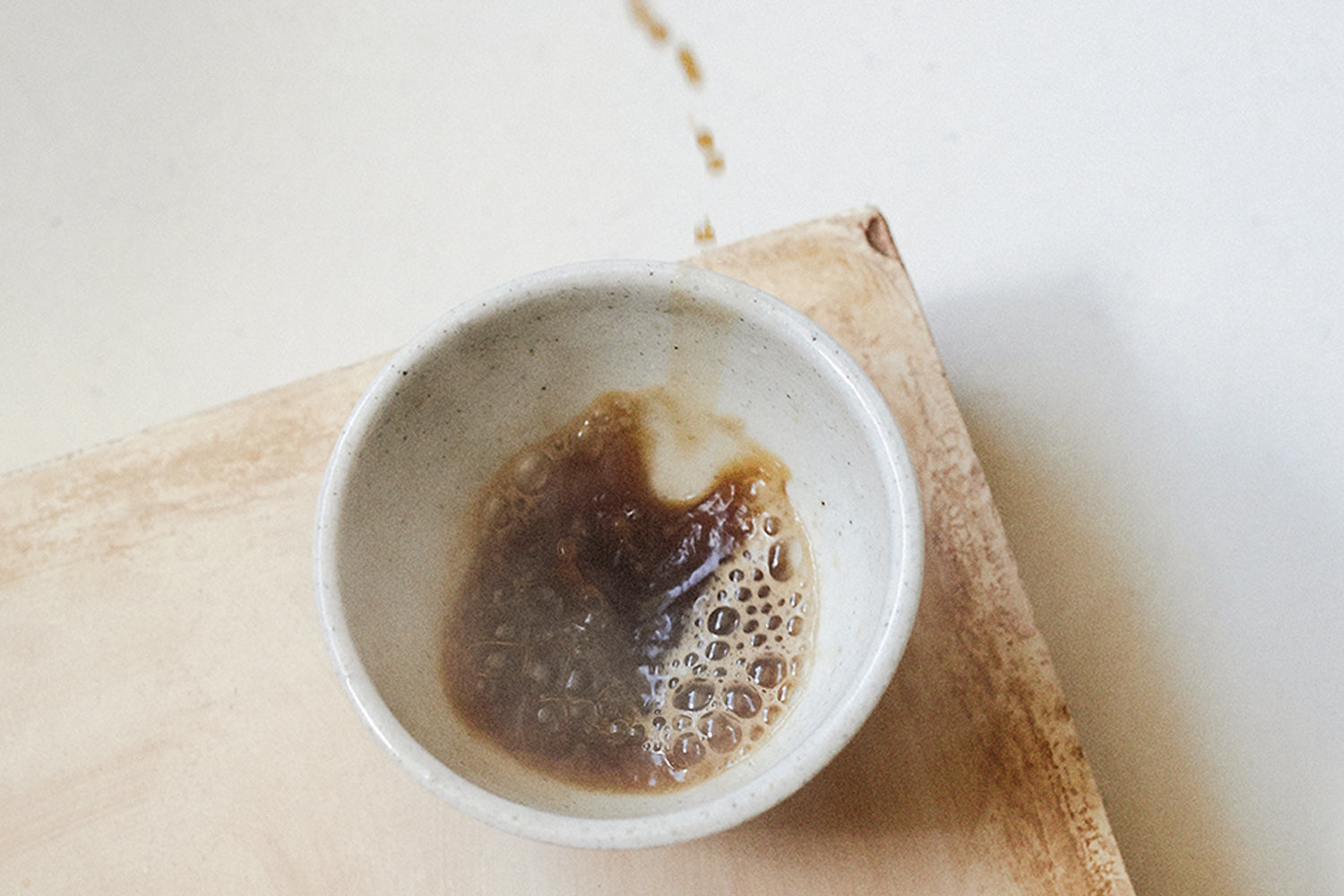Coffee fermentation - anaerobic or anoxic?

The maturation of language used by the specialty coffee industry is long overdue and we have to get better at communicating value
The vocabulary of the ‘new’ specialty coffee industry
It is claimed that the specialty coffee industry is a 'new' industry. It is often labelled as a 'young' industry. But if we consider the substantial growth of the specialty movement in the early 2000s as the most visible line in the sand, we’re now a quarter of a century down the road.
The industry is into a third decade of growth yet there persists the adoption of first-to-market language without basic due diligence, fuelling misunderstanding and driving lazy, inaccurate communication of value to the consumer. This suggests an immature, not new, industry.
Too often information sheets provided by producers and exporters are copied and pasted verbatim when marketing the coffee (typically with the original spelling mistakes and, in worse cases, fundamentally inaccurate information). And despite our best efforts, we can't say we haven't slipped into this on occasion.
Producers and exporters are very open to fielding in-depth questions on coffees purchased from them, but they’re rarely asked. It’s little wonder the nomenclature of the specialty coffee industry is as narrow as it is disjointed.
It is unwise to expect any industry to optimise value creation for all stakeholders if it cannot agree on an informed, consistent vocabulary. The conversation around anaerobic fermentation in coffee is a pertinent example of this sub-optimal taxonomy. What does anaerobic fermentation in coffee mean? Is it accurate? If it isn’t, what is the correct terminology?
Anaerobic fermentation and coffee processing
Fermentation is the process of yeast and bacteria converting glucose into organic acids, ethanol, carbon dioxide and other compounds. It is the foundation of wine processing, beer brewing, and creating a starter for sourdough bread. This process happens without oxygen. Oxygen is not required for fermentation to take place.

‘Anaerobic’ refers to microorganisms that can live without oxygen, and the metabolism they use is also known as ‘anaerobic’. This means fermentation is fundamentally anaerobic. Fermentation is the anaerobic respiration of microbes. Therefore, as fermentation designer Lucia Solis regularly comments, labelling fermentation as ‘anaerobic’ is akin to labelling water ‘wet’.
'Anoxic' has been proposed as the more accurate alternative, with sound logic. 'Anoxic' refers to the condition of an environment where there is no molecular oxygen. While both 'anaerobic' and 'anoxic' essentially mean 'oxygen-free', in the field of microbiology it is considered more accurate to use 'anoxic' to describe an oxygen-free environment. In this case, fermentation is an anaerobic respiration in an anoxic environment.
Is 'anoxic fermentation' the answer?
An anoxic environment (remember - often labelled as anaerobic) gives the producer more control over the two key variables of the coffee fermentation process - temperature and time period. The industry has attached value to both to suggest that these coffees are preferable over a coffee fermented in a less-controlled environment, and absolutely more desirable than a coffee that hasn’t been fermented at all.
It is widely accepted that there is a clear difference in the flavour of a coffee that has been fermented in an air-tight tank versus an open-air tank. But is anoxic fermentation, despite it being the more accurate label for anaerobic fermentation, how we should be communicating coffee that has been purposely fermented?
Anoxic fermentation is a welcome addition to the insufficient number of phrases the industry has to describe the intricacies of coffee processing. Its newness is attractive, its very spelling is intriguing. But it is just a correction of a term that has been misused to misguide purchasing decisions, confuse producers and miseducate the end consumer.
It is the continuation of framing fermentation as a more attractive proposition, but it distracts attention (and thus redirects value) away from the complexities of the process.
Diving deeper into fermentation
It must be remembered that it’s not the fermentation type, nor the fermentation environment that has the greatest impact on the complexity of the coffee. It is the type of microbes present. Different bacteria will produce different compounds that influence the flavours we search for. And the two key drivers for the types of bacteria involved are the presence of oxygen (as some microbes cannot exist without oxygen) in the environment, and the terroir in which the coffee was grown.

So if we are to communicate the true value of coffee that has been purposefully fermented, we need to illuminate the specifics of the fermentation - time period, temperature, equipment, whether or not oxygen was present in the environment - and the terroir.
Applying this approach to a Rwandan coffee that has been picked and placed straight into a tank for fermentation using the water pillow process, we would define the coffee as:
Producers — Nyamasheke farmers via the Rugali Coffee Washing Station
Region — Nyamasheke, western Rwanda
Terroir — 1650 masl, 15-17 degrees Celcius*, temperate tropical highland
Process — 48hr water pillow oxygen-free fermentation at 25 degrees Celsius
Varietal — Red Bourbon
*Rwanda mean annual temperature 2016
While gathering granular information can be challenging, and we will continue participating in industry conversations around the burden of transparency on producers to reveal their methods that in other industries would be considered intellectual property, the maturation of language used by the specialty coffee industry is long overdue.
New terminology attracts attention, quickly gains traction and becomes ubiquitous whether or not it is of tangible value to stakeholders. Often it is forgotten that no-one knows the product and its environment better than the producers themselves.
If we are to truly commit to the virtues of the specialty movement by returning value to producers through mutually beneficial and sincere partnerships, we have to get better at explaining how they create value in the first place.




